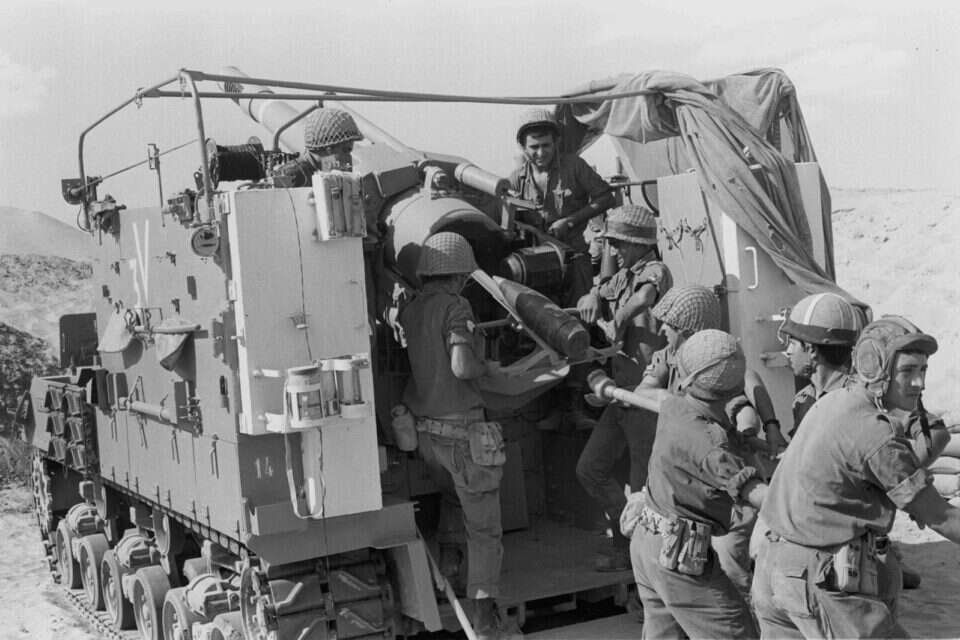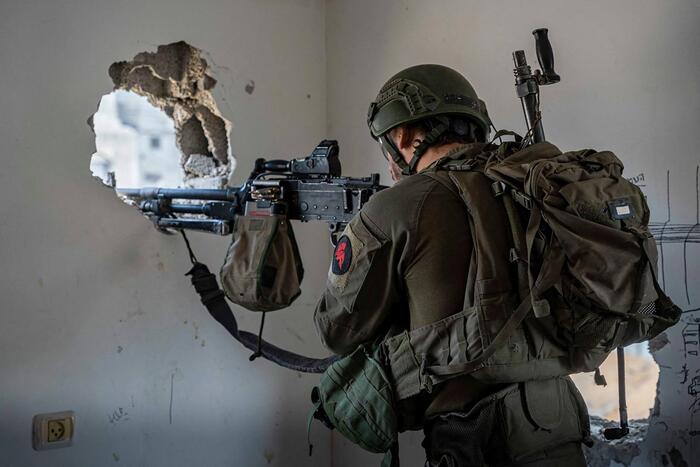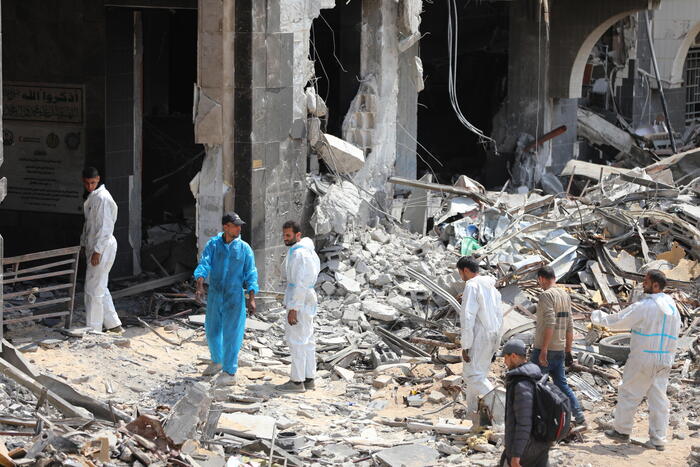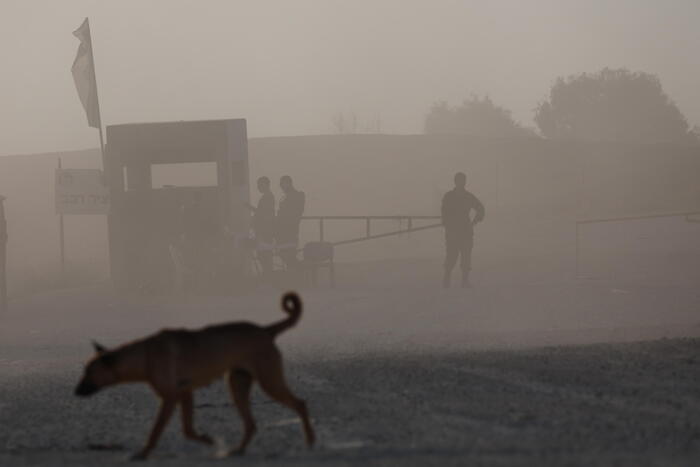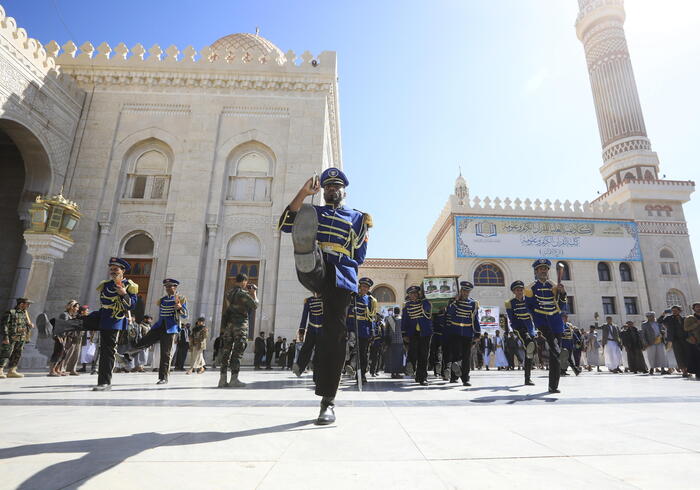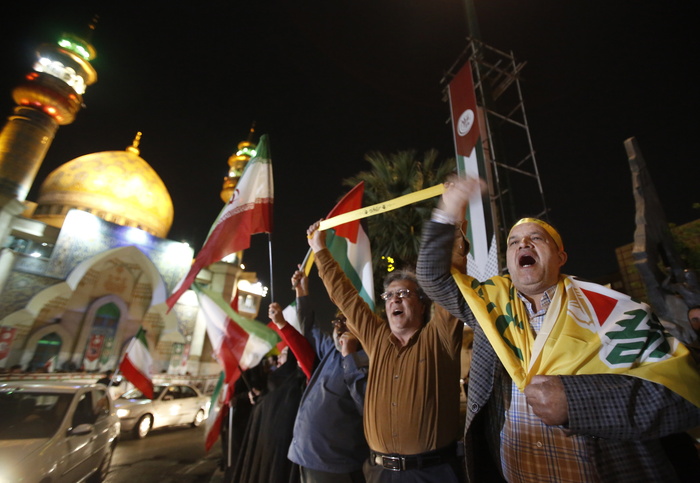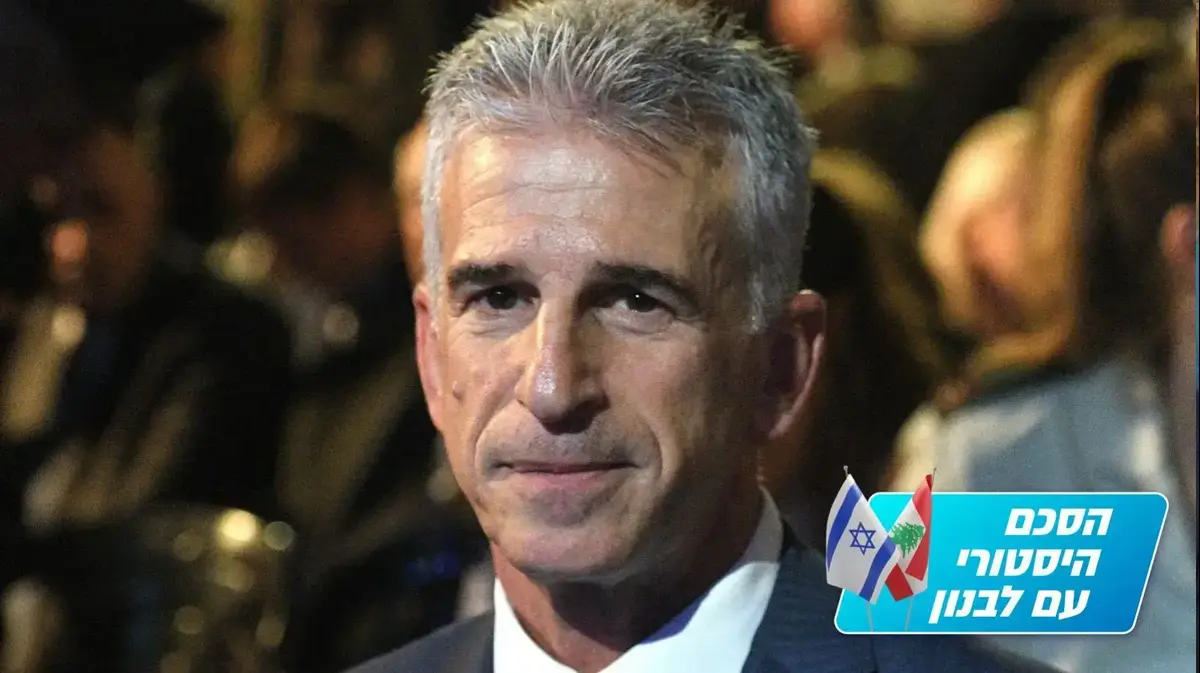Exactly three hours and 831 artillery shells, this is the time and firepower by which they destroyed the Egyptian refineries as part of "Operation Flare", a retaliatory operation in response to the sinking of the Eilat naval ship. 54 years after that huge operation, One year after the Artillery Corps' activity in the war of attrition, highly classified documents were allowed to be published for the first time by the IDF archives at the Ministry of Defense, the publication of which could at certain stages be a cause for tension and possibly even war.
Three days after the ringing of the destroyer Eilat, an attack in which 47 IDF soldiers were killed, Israel carried out an artillery attack on critical economic facilities in the area of the city of Suez.
Under the obligatory name "Operation Flare," the IDF opened large-scale fire at Suez's refineries and fuel tanks and set them on fire.
Top secret document, Photo: IDF Archives and the Defense System File number 449/695/1969
"In response to the ringing of the Eilat Brotherhood, the command was ordered to fire artillery fire at the Egyptian oil facilities in Suez and destroy them," reads the summary report of the operation, parts of which are still classified today.
According to the document, two cannon batteries were brought to the scene prior to the operation, and the area was diluted by infantry, in preparation for the Egyptian response.
The IDF used a ploy to take away sole responsibility for the escalation, initially firing machine guns at enemy positions, but the Egyptians refused to respond.
"I was called to Sinai the day before, in favor of retaliation," recalled Meir Ziklag, 90, then a lieutenant colonel in the artillery corps.
Only a few months earlier, Ziklag had participated in the battle for Jerusalem alongside Mota Gur, and two years later, in 1969, he was the battalion commander who killed the Egyptian chief of staff in another operation during the war of attrition. Which takes off with a light aircraft and ranges from above the targets. "
Meir Ziklag, Photo: Yehoshua Yosef
Ziklag was in the second plane that scored the goals, and the Egyptians were well prepared for it.
"We hijacked a very hard shell from the direction of Green Island. To my delight, I came out alive from this story," he recalls.
For long minutes Ziklag directed the artillery fighters in the range of the refineries, causing them immense damage.
"Everything burned on the other side," he recalled.
The operations log describes almost minute by minute what happened.
15:05 - Permission is granted to fire on the fertilizer plant and the city of Suez. 15:15 - Our forces fire on a fertilizer plant. The enemy is scanning artillery barrages in the Port Tawfiq area. The enemy's artillery fire continues in the Suez sector in the Jedi axis. We were lightly wounded in the area, an enemy tank was hit in front of the Jedi axis. 16:00 17:34 - The fire was stopped on both sides.
Operations Diary, Photo: IDF Archives and the Defense System File No. 449/695/1969
Operations Diary, Photo: IDF Archives and the Defense System File No. 449/695/1969
Over the course of three hours, the artillery fighters, along with armored forces, crushed the refineries and the city of Suez.
The summary report states that a total of 831 artillery shells were fired during the three hours of the operation. 442 tank shells were fired at anti-tank positions, buildings and enemy tanks.
Following the operation, the alert in the area was raised dramatically, due to the understanding that the Egyptians would respond to the severe damage.
Finally such a response did not come.
The IDF summed up the operation: "It is worth noting the outstanding work of the air observation commanders (among them Meir Ziklag) as well as the artillery batteries that operated in the operation." "A severe blow was achieved and inflicted on the oil facilities, the fertilizer plant and other combination plants," concluded Lt. Col. Amichai Levy, an AGM officer, on behalf of Commander-in-Chief Yeshayahu Gavish.
Secret document from the operation, Photo: IDF Archives and the Defense System File No. 449/695/1969
"The legacy of the war of attrition has not been sufficiently reflected in the history of the State of Israel," notes Brigadier General (Res.) Danny Kasif, formerly a senior artillery officer and currently chairman of the Yad LaTayanim Association.
Next week, an artillery rally will be held at the Caesarea Amphitheater, marking the 50th anniversary of the war of attrition, and ahead of the conference, the documents from the operation were revealed for the first time.
"We must not forget the systems that take place between the wars. The heroism of these fighters is not sufficiently recounted," says Brigadier General Kasif.
There is no Golani or paratrooper fighter who advances without the firepower of the artillery corps. "

